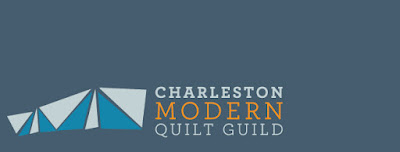 |
| 1984: in the drawing studio at Rhode Island School of Design |
In 1984, I was a freshman at Rhode Island School of Design in Providence, Rhode Island. All freshmen took five courses, Drawing, Two-Dimensional Design, Three-Dimensional Design, Art History and English Composition & Literature. Drawing was a lot of fun, even though I was planning to declare Photography as my major. I remember being one of just a few students who got an A in Victor Lara's Drawing class. Same with Gerald Immonen's Two-Dimensional Design class.
 |
| one of my first Nature Lab drawings, Victor told me to loosen up! |
 |
| a later drawing, and I had loosened up a bit |
 |
| an unfinished portrait study - planes |
When it came time to receive our grades in one-on-one meetings with the teachers at the end of the semester, Victor Lara asked what my major would be. When I said Photography, he seemed disappointed. He thought I should paint.
 |
| Nina Zitani, a cyanotype portrait made during wintersession |
During wintersession we could take an elective, and I took Antique and Alternate Processes with Paul Krot, inventor of Sprint photo chemistry. Krot was an amazing individual. He once told us the chemicals needed to develop film could be found in a supermarket. Hair dye could be used to develop film. To prove his point, he dyed his hair with photo chemicals. He did not like the smell of photo chemicals, so his formulas included vanilla extract. One time he told us punk was male liberation music. His grand philosophy of life revolved around the symbolism in the Wizard of Oz; he rode a motorcycle and hung out at the hipster/biker bar downtown.
 |
| Providence, Rhode Island, 1985, infrared, gelatin silver print |
 |
| Providence, Rhode Island, 1985, infrared, gelatin silver print |
I enjoyed trying the different photographic processes, and it's interesting to consider the standard process of the day, black & white "gelatin silver" printing is now among those antiquated, alternative processes. We learned cyanotype, Van Dyke Brown, platinum, gum arabic and others. In my spare darkroom time I enjoyed experimenting with infrared photography. I liked landscapes a lot.
 |
| Moorestown, New Jersey, 1984, gelatin silver print |
 |
| The Johnson's Laundry, Moorestown, New Jersey, 1984, gelatin silver print |
When I was home for the holidays, I shot a memorable photo in our neighbor's back yard. Mrs. Johnson left the laundry out all night and it was out hanging on Christmas Eve. I guess it was warm enough to hang laundry during the day, but the whole thing seemed a little odd to me. It is an odd photo.
 |
| Collage from Two-Dimensional Design in 1984 |
Looking back, it's really great to have some of the things I made that year. I feel like I have something to show for my experience, but more importantly, I've got reminders of the many valuable lessons learned. An education in art and design seemed like an alternative choice compared to a liberal arts education, but that choice was one of the main reasons for all of my success.
 |
| Collage from Two-Dimensional Design in 1984 |
It was an education in creative problem solving and communication. We learned to use whatever materials were available or assigned. We learned how to do very good work on a very tight deadline, and we had fun. Occasionally I enjoy pulling out the work from freshman foundation at RISD, to reminisce about being in such an extraordinary creative environment with so many talented, young people.









































